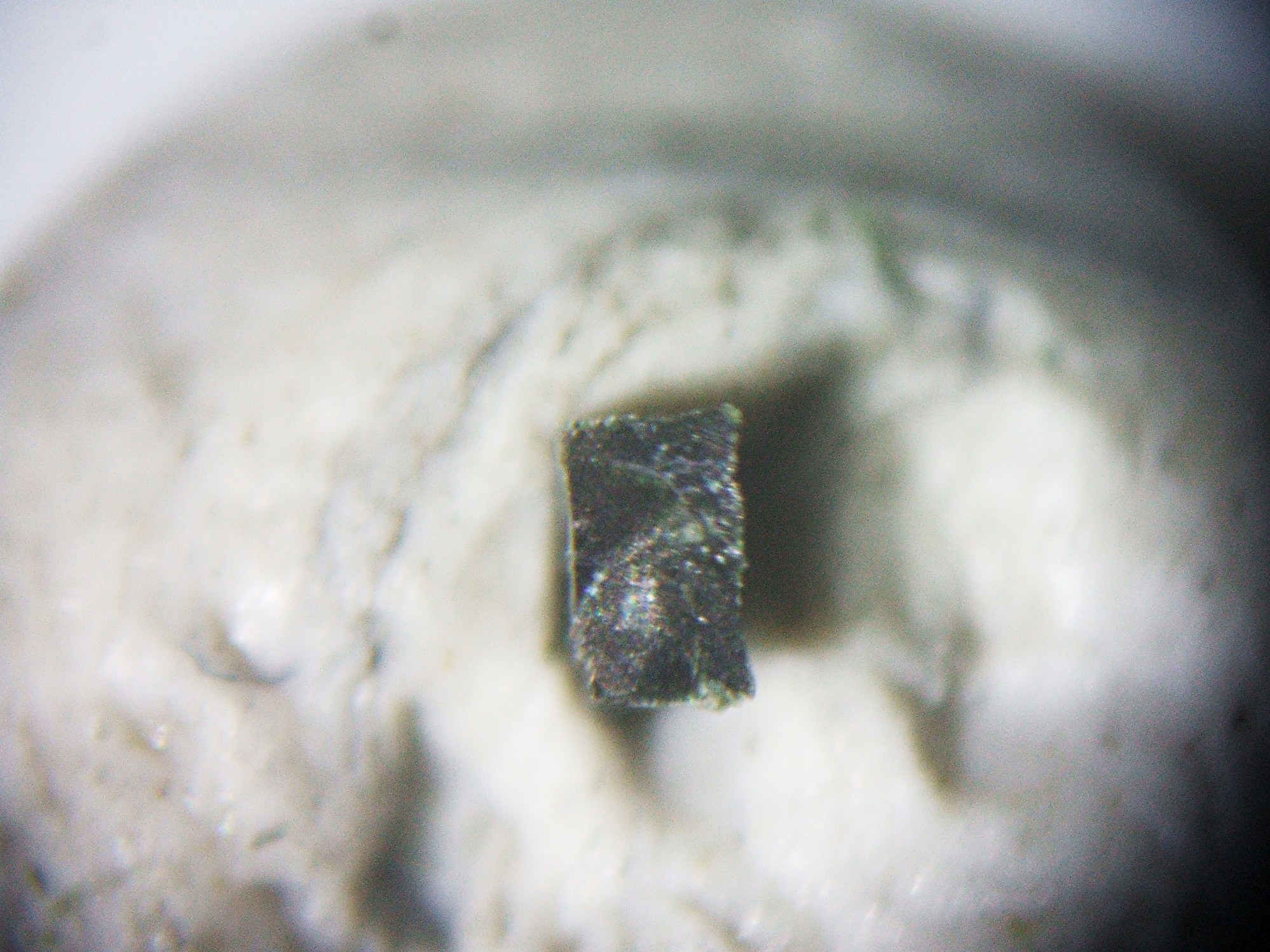Home PageAbout MindatThe Mindat ManualHistory of MindatCopyright StatusWho We AreContact UsAdvertise on Mindat
Donate to MindatCorporate SponsorshipSponsor a PageSponsored PagesMindat AdvertisersAdvertise on Mindat
Learning CenterWhat is a mineral?The most common minerals on earthInformation for EducatorsMindat ArticlesThe ElementsThe Rock H. Currier Digital LibraryGeologic Time
Minerals by PropertiesMinerals by ChemistryAdvanced Locality SearchRandom MineralRandom LocalitySearch by minIDLocalities Near MeSearch ArticlesSearch GlossaryMore Search Options
The Mindat ManualAdd a New PhotoRate PhotosLocality Edit ReportCoordinate Completion ReportAdd Glossary Item
Mining CompaniesStatisticsUsersMineral MuseumsClubs & OrganizationsMineral Shows & EventsThe Mindat DirectoryDevice SettingsThe Mineral Quiz
Photo SearchPhoto GalleriesSearch by ColorNew Photos TodayNew Photos YesterdayMembers' Photo GalleriesPast Photo of the Day GalleryPhotography
╳Discussions
💬 Home🔎 Search📅 LatestGroups
EducationOpen discussion area.Fakes & FraudsOpen discussion area.Field CollectingOpen discussion area.FossilsOpen discussion area.Gems and GemologyOpen discussion area.GeneralOpen discussion area.How to ContributeOpen discussion area.Identity HelpOpen discussion area.Improving Mindat.orgOpen discussion area.LocalitiesOpen discussion area.Lost and Stolen SpecimensOpen discussion area.MarketplaceOpen discussion area.MeteoritesOpen discussion area.Mindat ProductsOpen discussion area.Mineral ExchangesOpen discussion area.Mineral PhotographyOpen discussion area.Mineral ShowsOpen discussion area.Mineralogical ClassificationOpen discussion area.Mineralogy CourseOpen discussion area.MineralsOpen discussion area.Minerals and MuseumsOpen discussion area.PhotosOpen discussion area.Techniques for CollectorsOpen discussion area.The Rock H. Currier Digital LibraryOpen discussion area.UV MineralsOpen discussion area.Recent Images in Discussions
Identity HelpUnknown amphibole
28th Jan 2017 00:51 UTCReiner Mielke Expert

28th Jan 2017 03:36 UTCDonald B Peck Expert

28th Jan 2017 05:12 UTCDoug Daniels

28th Jan 2017 05:52 UTCFranz Bernhard Expert
I don´t know the accelarating voltage and response curve of "your" EDX-system and this may well be a typical pattern of Ferroactinolite-Tremolite on this machine!
To you have other EDX-patterns of amphiboles und pyroxens from this machine to compare with?
Franz Bernhard
28th Jan 2017 11:57 UTCReiner Mielke Expert
Thank you everyone for your comments.
28th Jan 2017 12:59 UTCHarold Moritz 🌟 Expert
Locock, A. J., 2014, An Excel spreadsheet to classify chemical analyses of amphiboles
following the IMA 2012 recommendations: Computers and Geosciences, v 62, p 1-11
28th Jan 2017 13:20 UTCReiner Mielke Expert

28th Jan 2017 14:02 UTCFranz Bernhard Expert
I am not familiar with this type of deposits. However, are there published analytical data of pyroxens and amphiboles from similar occurrences nearby? What is the usual range of compositions of this two minerals in these deposits?
Franz Bernhard
28th Jan 2017 14:31 UTCReiner Mielke Expert
There is very little modern analytical data published or available much of which was produced before the amphiboles where reclassified. The most recent work in that Grenville comes from the Bear Lake Diggings (Hawthorne, F.C., Oberti, R. (2006) Short-range order in amphiboles from the Bear Lake Diggings, Ontario. The Canadian Mineralogist, 44, 1171-1179.) Fl is widely distributed in this region and adds another complication to classification.

28th Jan 2017 15:43 UTCFranz Bernhard Expert
no modern work necessary, just some (old) analytical data (wt%) on amphiboles and pyroxenes to get a feeling of the range of compositions. In other words: Are there any Fe+2-rich members of pyroxens and amphiboles known in these deposits, that are analytically confirmed? More specifically: Is there any confirmed hedenbergite in these deposits?
Franz Bernhard
28th Jan 2017 15:56 UTCReiner Mielke Expert

28th Jan 2017 16:17 UTCFrank Craig
sorry Reiner
:)-D
28th Jan 2017 17:19 UTCReiner Mielke Expert
I was not really expecting a definitive answer and normally I would not even have analyzed such a sample but I was curious as to what the results would look like. I am also inclined to want to call it ferro-hornblende but if it were my specimen I would just call it hornblende.
28th Jan 2017 21:31 UTCRalph S Bottrill 🌟 Manager
28th Jan 2017 21:54 UTCReiner Mielke Expert
28th Jan 2017 22:16 UTCReiner Mielke Expert
29th Jan 2017 01:55 UTCAndrew Debnam 🌟

29th Jan 2017 06:13 UTCFranz Bernhard Expert
However, still no documented H. from this locality! It could be smack on the border between diopside and H. Quantitative analyses on a polished grain are necessary. If it is possible, on a complete section through a crystal, some zoning has to be expected.
Franz Bernhard
29th Jan 2017 11:21 UTCReiner Mielke Expert
30th Jan 2017 15:06 UTCAndrew Debnam 🌟




Mindat.org is an outreach project of the Hudson Institute of Mineralogy, a 501(c)(3) not-for-profit organization.
Copyright © mindat.org and the Hudson Institute of Mineralogy 1993-2024, except where stated. Most political location boundaries are © OpenStreetMap contributors. Mindat.org relies on the contributions of thousands of members and supporters. Founded in 2000 by Jolyon Ralph.
Privacy Policy - Terms & Conditions - Contact Us / DMCA issues - Report a bug/vulnerability Current server date and time: April 25, 2024 01:10:08
Copyright © mindat.org and the Hudson Institute of Mineralogy 1993-2024, except where stated. Most political location boundaries are © OpenStreetMap contributors. Mindat.org relies on the contributions of thousands of members and supporters. Founded in 2000 by Jolyon Ralph.
Privacy Policy - Terms & Conditions - Contact Us / DMCA issues - Report a bug/vulnerability Current server date and time: April 25, 2024 01:10:08














